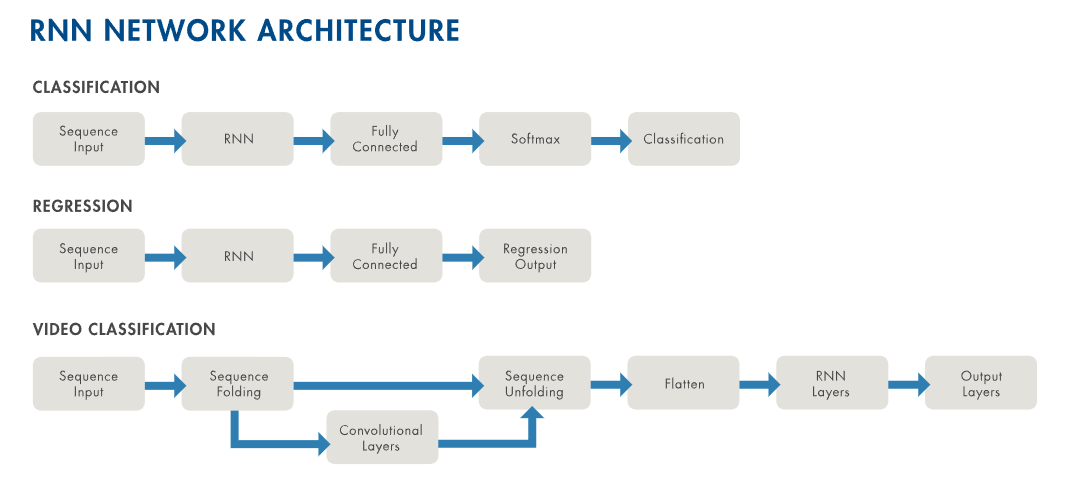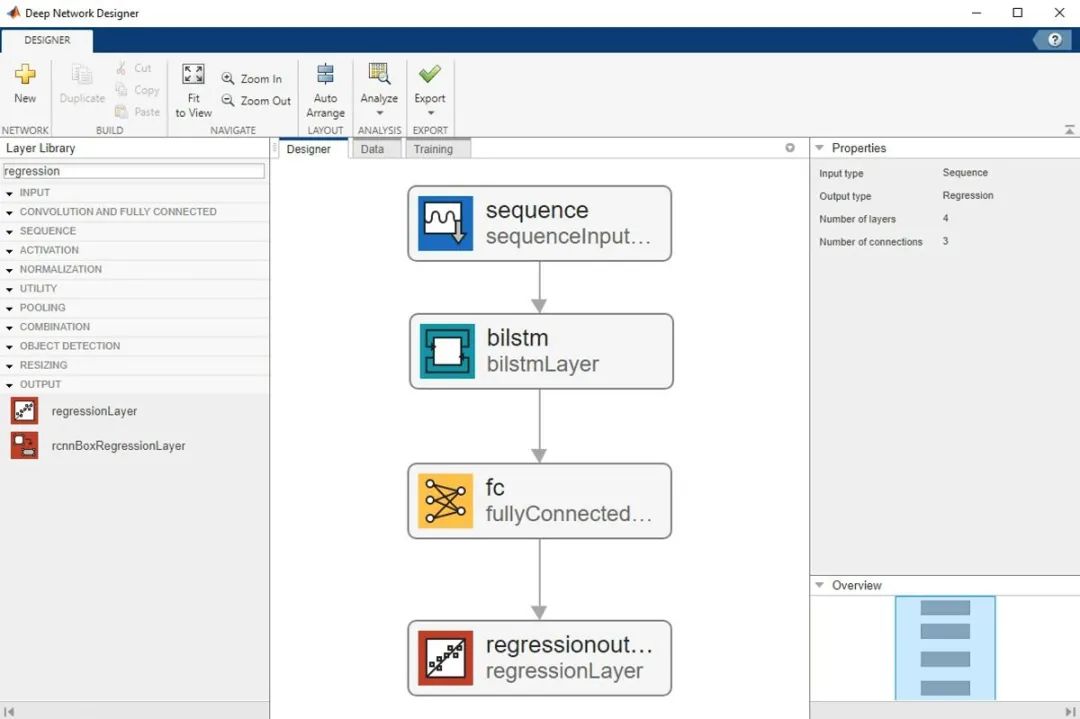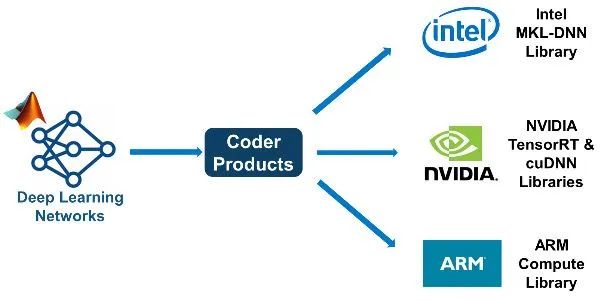What is an RNN?
A recurrent neural network (RNN) is a network architecture used in deep learning for modeling sequential or time-series data. RNNs are particularly suitable for sequences of varying lengths and for tasks such as signal classification, natural language processing, and video analysis.
How RNNs work
An RNN is a deep learning structure that uses past information to improve processing of current and future inputs. The distinctive feature of an RNN is its hidden state and recurrent connections. These recurrent connections let the network store past information in the hidden state and perform computations across a sequence. The network learns two sets of weights: one set for the hidden state vector and another set for the input. During training, the network adjusts both input and hidden-state weights. At runtime, outputs are produced from the current input and the hidden state, while the hidden state is updated based on previous inputs.

LSTM
Simple RNNs struggle to learn long-term dependencies. During training with backpropagation, they can encounter vanishing or exploding gradients, which makes weights become extremely small or large and limits the ability to learn long-range relationships. Long short-term memory (LSTM) networks, a specialized type of RNN, address these issues. LSTMs use additional gates to control which information in the hidden state is output and propagated to the next hidden state, enabling more effective learning of long-term dependencies. LSTM is a commonly used RNN variant.

Why RNNs matter
RNNs are essential in many applications, for example:
- Signal processing – Signals are naturally sequential because sensor data is often collected over time. Automated classification and regression on large signal datasets enable near-real-time prediction. Raw signal data can be fed directly into deep networks or preprocessed to emphasize specific features such as frequency components. Feature extraction can significantly improve network performance.
- Text analysis – Language is sequential, and text segments vary in length. RNNs are well suited for natural language processing tasks such as text classification, text generation, machine translation, and sentiment analysis because they can learn to process words in a sentence based on context.
When to use RNNs
Consider using RNNs when performing classification or regression on sequential and time-series data. RNNs are also suitable for video, since video is essentially a sequence of images. As with signals, it is often helpful to extract features before feeding sequences into an RNN. For example, use a CNN such as GoogLeNet to extract features from each frame.

Implementing RNNs with MATLAB
Using MATLAB and the Deep Learning Toolbox, you can design, train, and deploy RNNs. Use the Text Analytics Toolbox or the Signal Processing Toolbox to apply RNNs to text or signal analysis.
Design and train networks – You can create and train RNNs programmatically with a few lines of MATLAB code. Construct RNNs using recurrent layers such as LSTM layers, bidirectional LSTM layers, gated recurrent layers, and LSTM projection layers. Use a word embedding layer to map words into numeric sequences in RNNs. Alternatively, create and train RNNs interactively with the Deep Network Designer and monitor training with accuracy, loss, and validation metrics.
Deploy networks – Trained RNNs can be deployed to embedded systems, enterprise systems, FPGA devices, or the cloud. You can generate code using libraries for Intel, NVIDIA, and ARM to create deployable models with optimized inference performance.


 ALLPCB
ALLPCB







